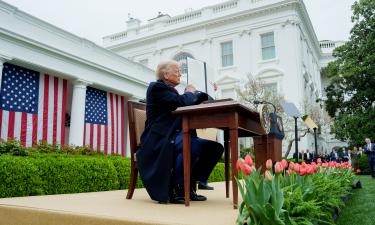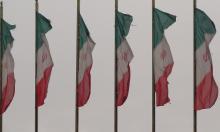St. Petersburg in Rome
Complesso Vittoriano shows collections of paintings and drawings of St. Petersburg
The exhibition "St. Petersburg and Italy: 1750 - 1850" has over 100 paintings and drawings from the Hermitage and St. Petersburg Historical Museums. The Italian influence in the architecture of St. Petersburg is a tribute to the cultural heritage of Italy and the prestige and influence of the Russian Court in 18th and 19th Century Europe.
The project "St. Petersburg" was begun in June, 1703, by Peter the Great. Built on a marshland, this great city was intended to be Russia's "window on the west" and for this reason was built in western-style architecture, using the best architects of the day, Italians. Domenico Trezzini was the first to arrive, designing the Summer Palace, the St. Peter and Paul Cathedral and the Twelve Colleges, in baroque style.
The project was carried on after Peter the Great's death in 1725 by Russian architect Piotr Mikhailovich Eropkin, who had studied in Italy under Francesco Borromini. Bartolomeu Francesco Rastrelli, who designed the reception room at the Strogonov Palace, continued the Baroque influence in the city, being followed by Antonio Rinaldi, an exponent of the late Rococo style.
In 1762, Catherine the Great, considering that a new style should be introduced, called in Giacomo Quarenghi, responsible for the Hermitage Theatre and other buildings in the neo-classical style. He was followed by Karl Rossi, who designed the Alexandrinsky (Pushkin) Theatre. Catherine the Great's collections formed the basis of the Hermitage Museum collection, opened to the public for the first time in 1825.
On the photo: The St.Petersburg Hermitage
Subscribe to Pravda.Ru Telegram channel, Facebook, RSS!




